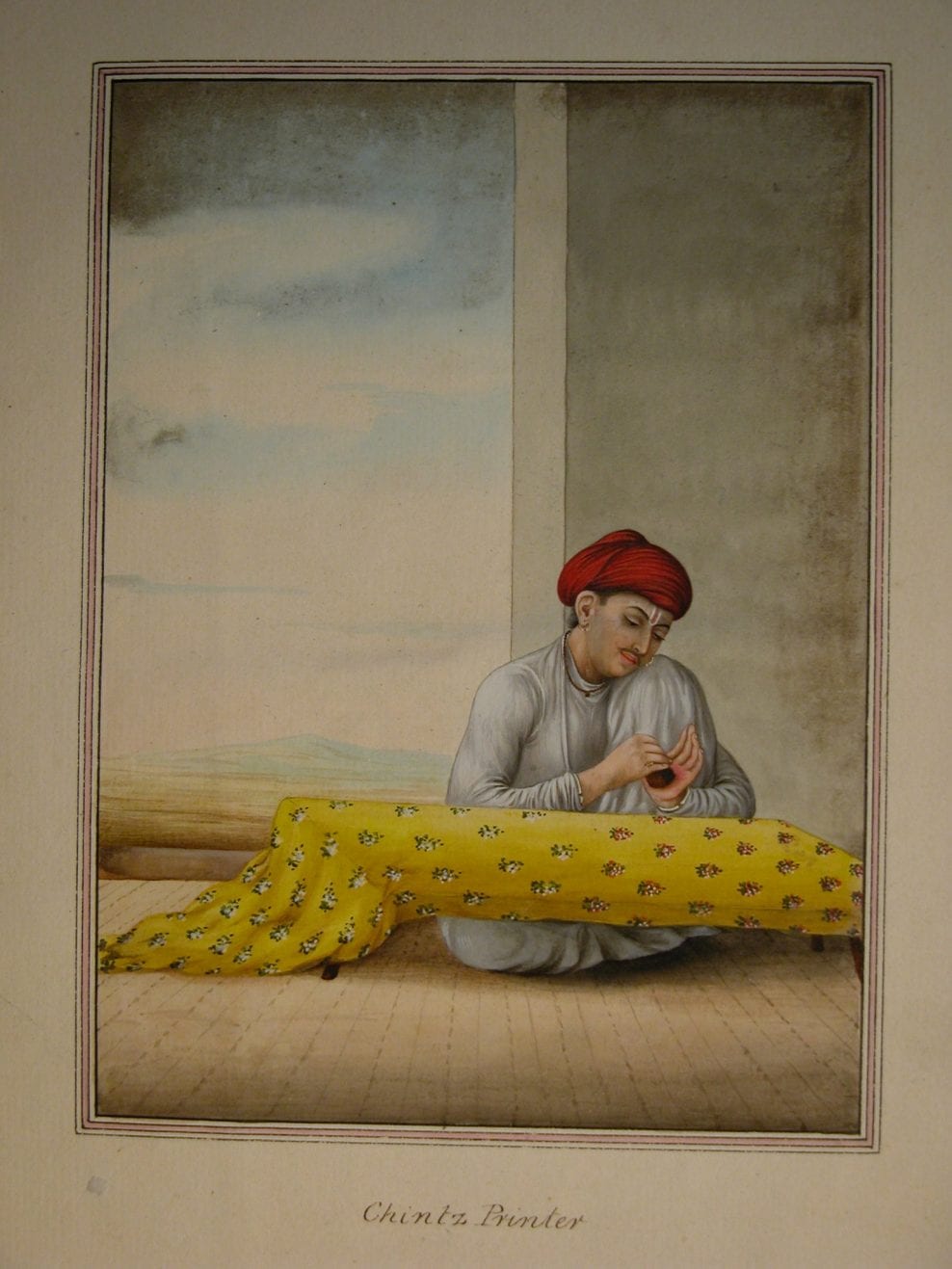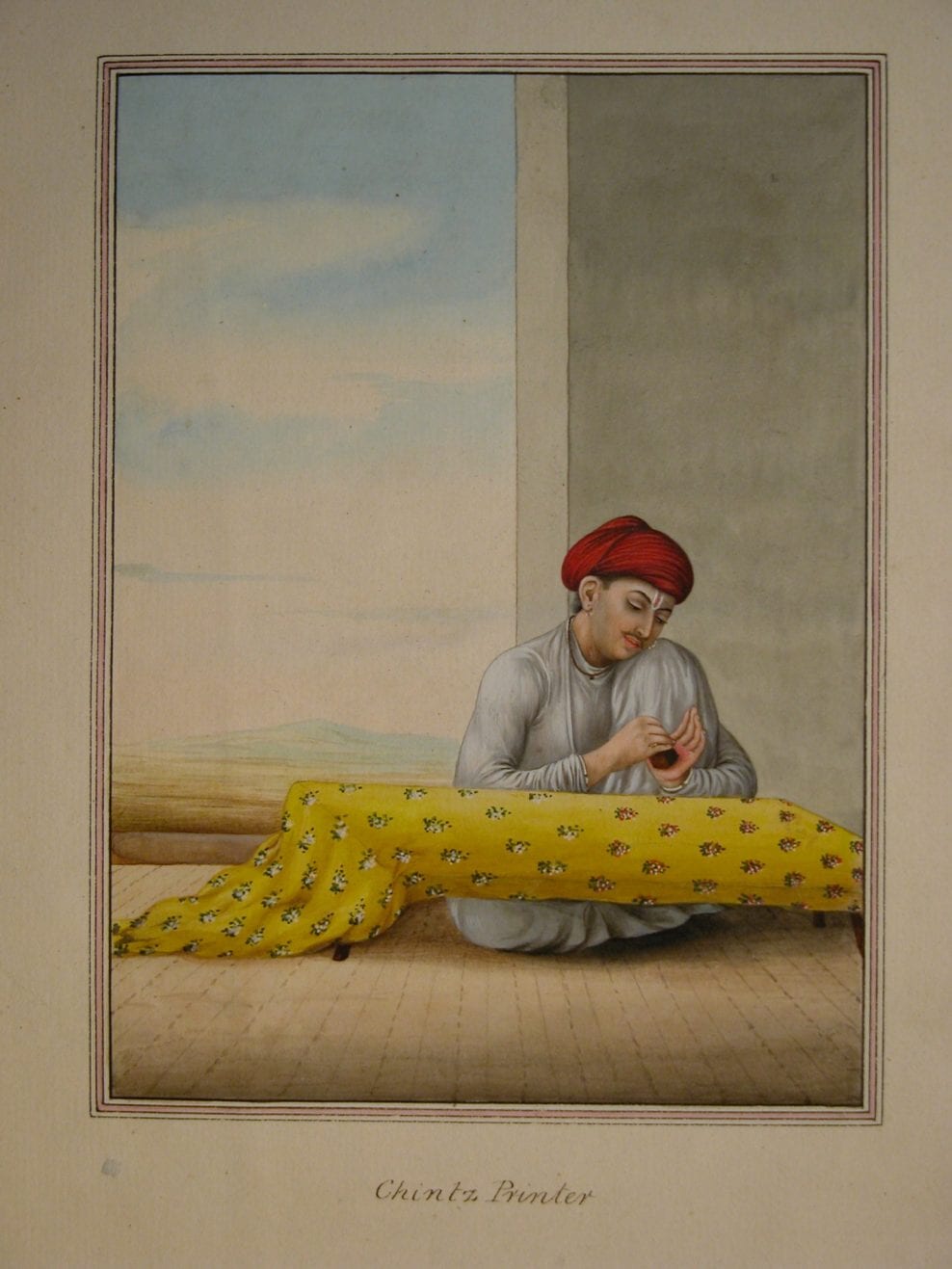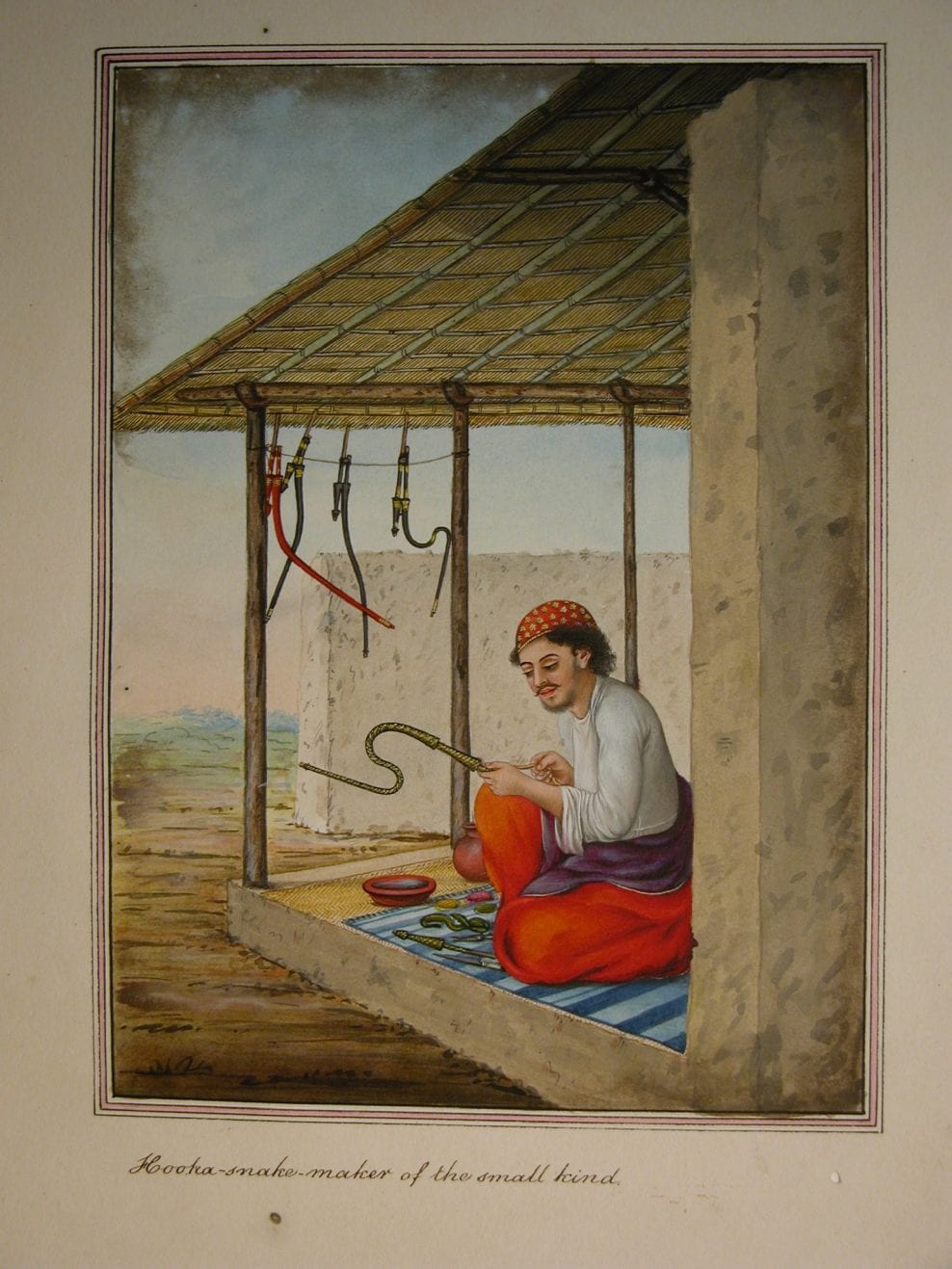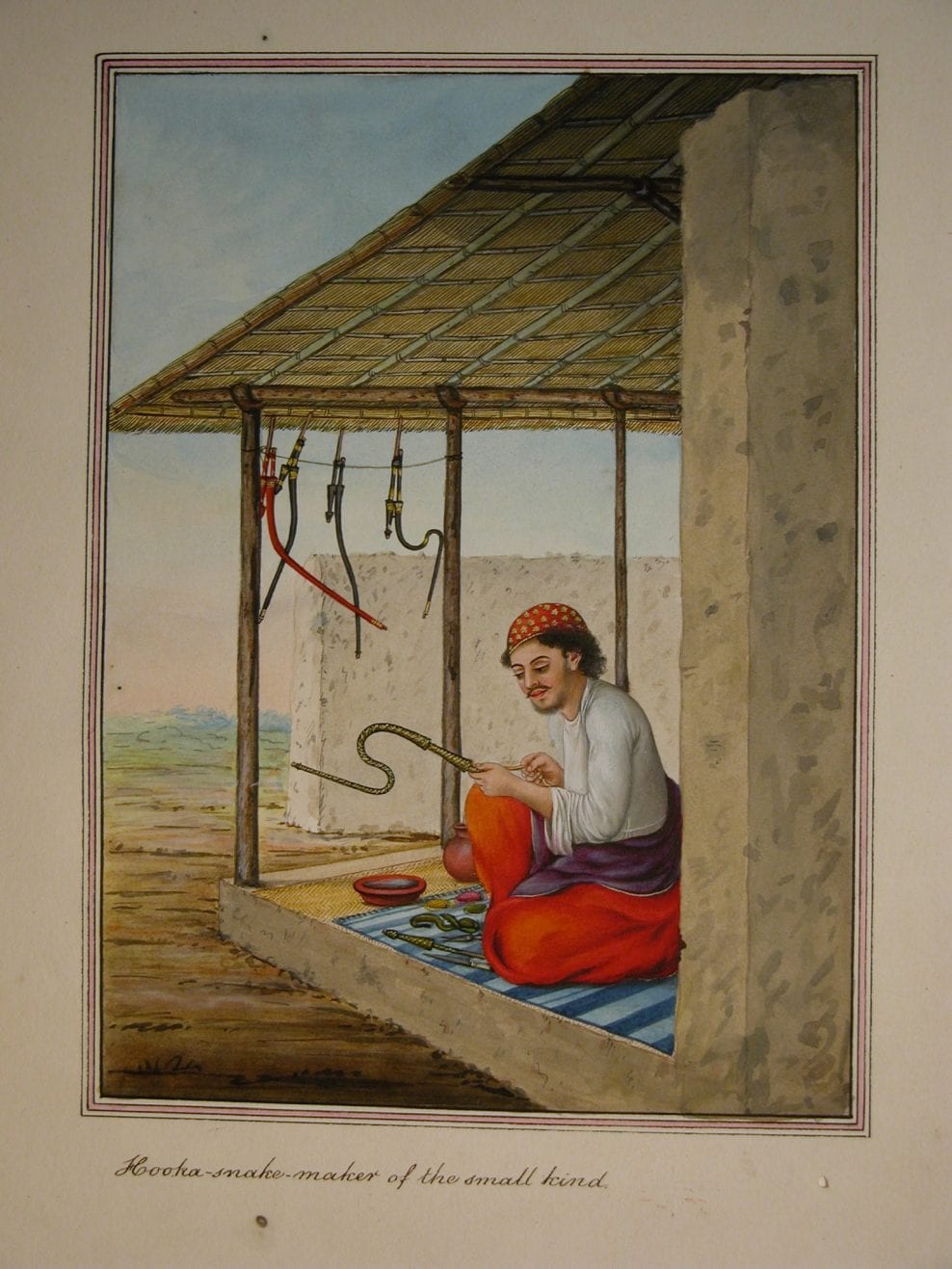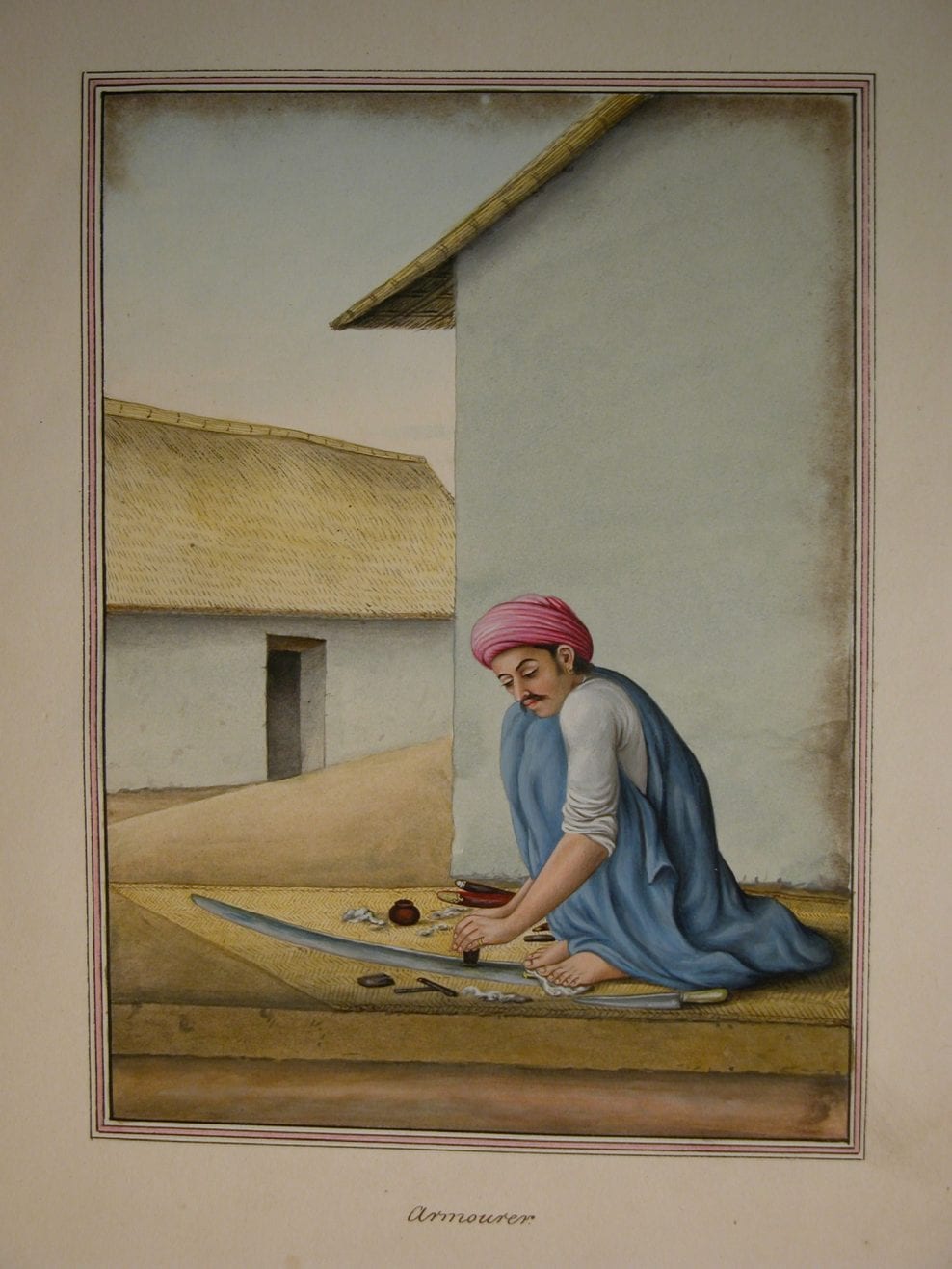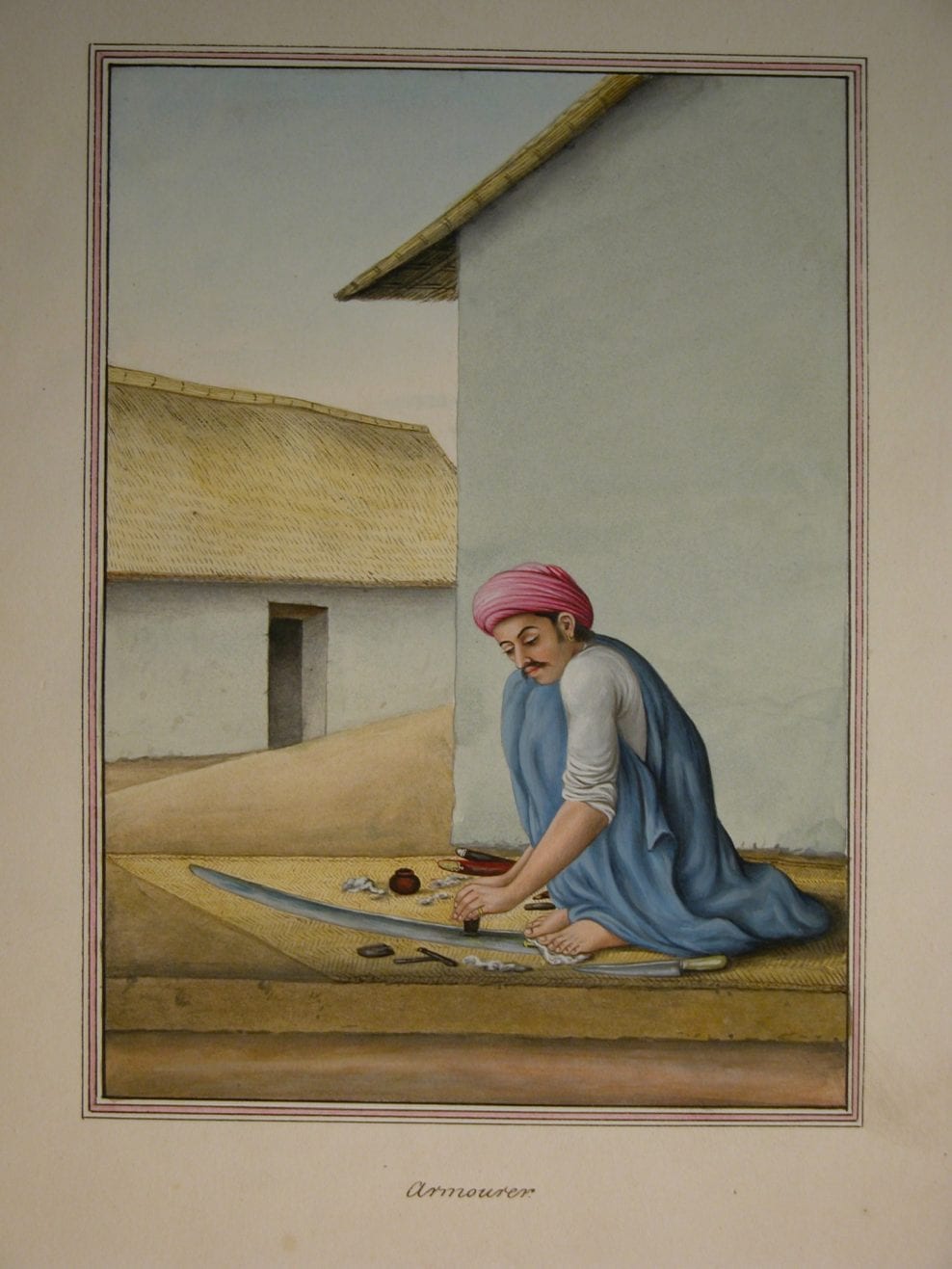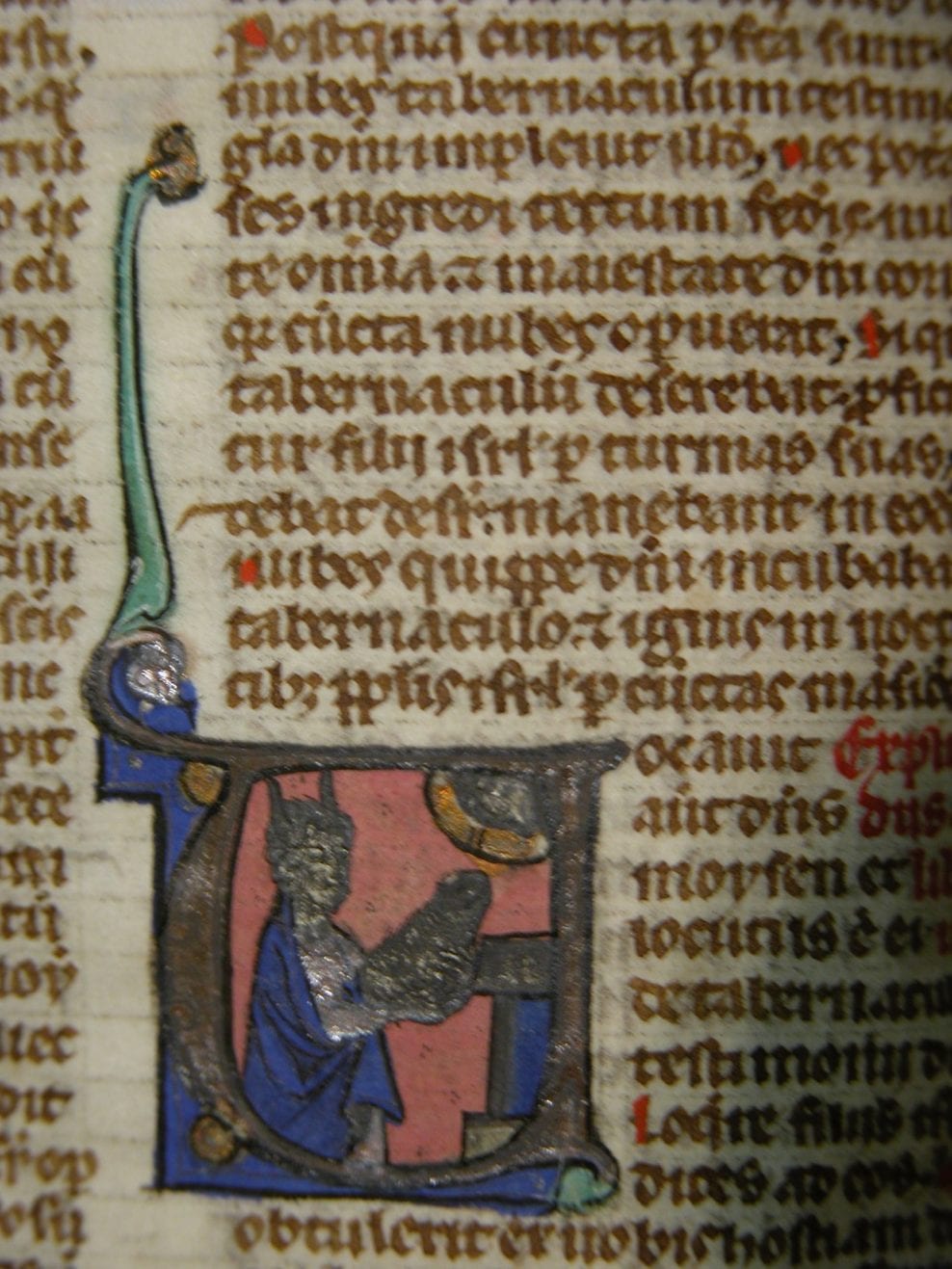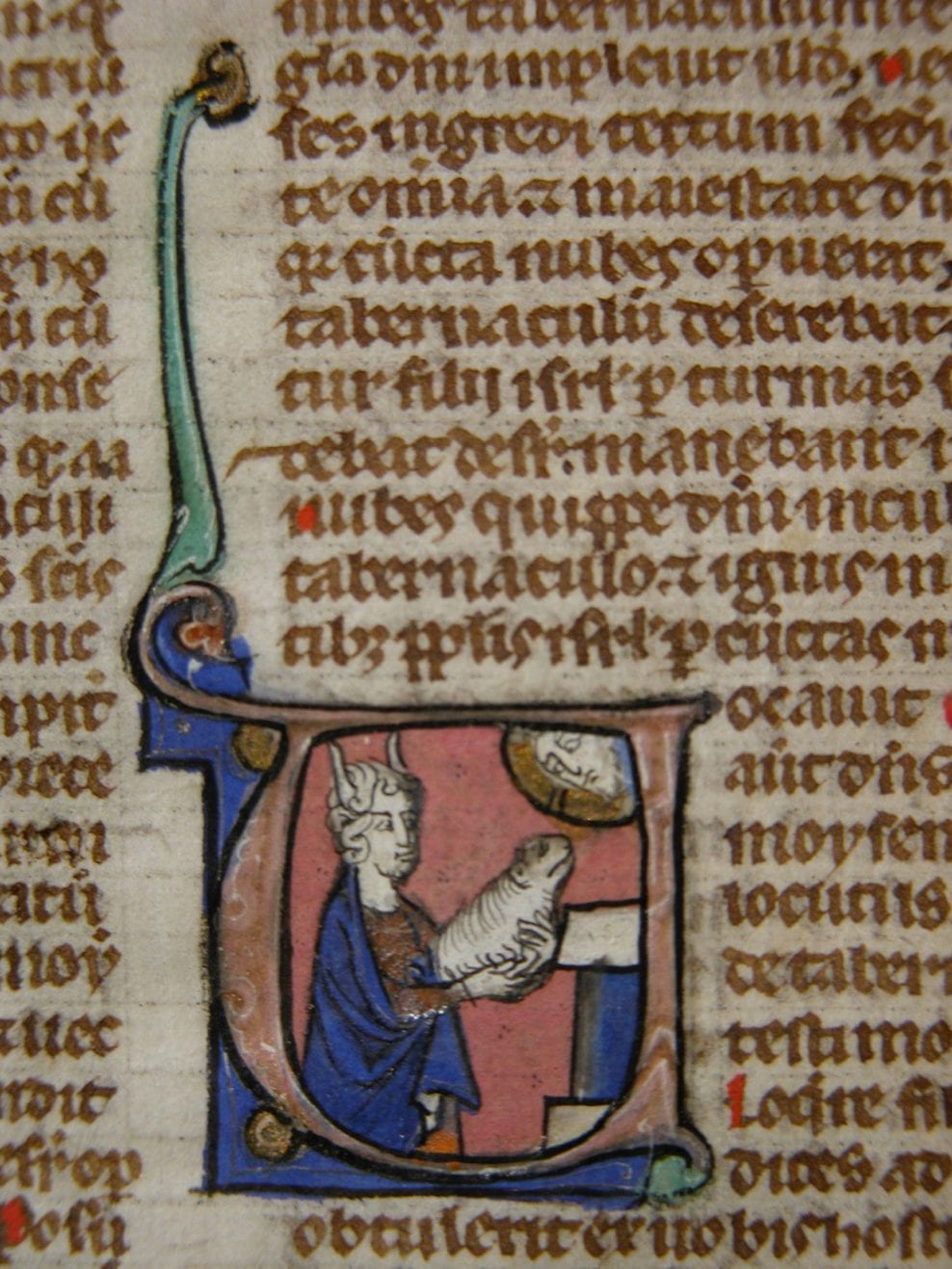Projects
The reversal of darkened lead white pigments
The darkening of lead white pigments is a common feature of many works of art on paper. It’s effects can be reversed using ethereal hydrogen peroxide, with sometimes startling results.
Unlike lead pigments in oil paintings, lead white pigments on paper rarely benefit from the additional protection of resins and varnishes. They are therefore susceptible to darkening, which is mainly attributed to the action of hydrogen sulphide (a common atmospheric pollutant), which changes the basic white lead carbonate into grey or black lead sulphide. This can be visually very disturbing, and ruin artworks. Some types of watercolour seemed to be more susceptible than others, and I have found that Anglo-Indian material is particularly affected. Likewise, many medieval illuminations are disfigured by the darkening of lead white pigments.
Fortunately it is possible to push the chemical reaction one stage further using hydrogen peroxide, turning the darkened layer of lead sulphide into a colourless form of lead sulphate. This reveals the unblemished original pigment beneath.
